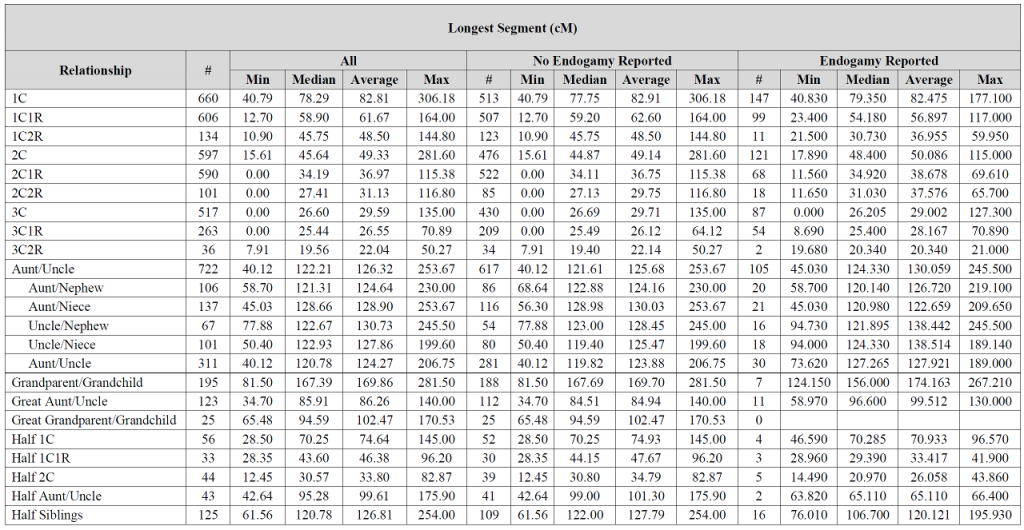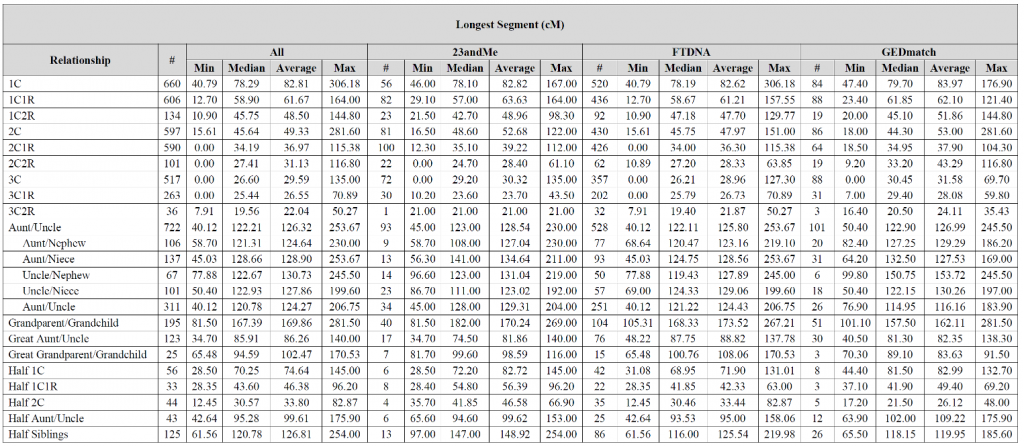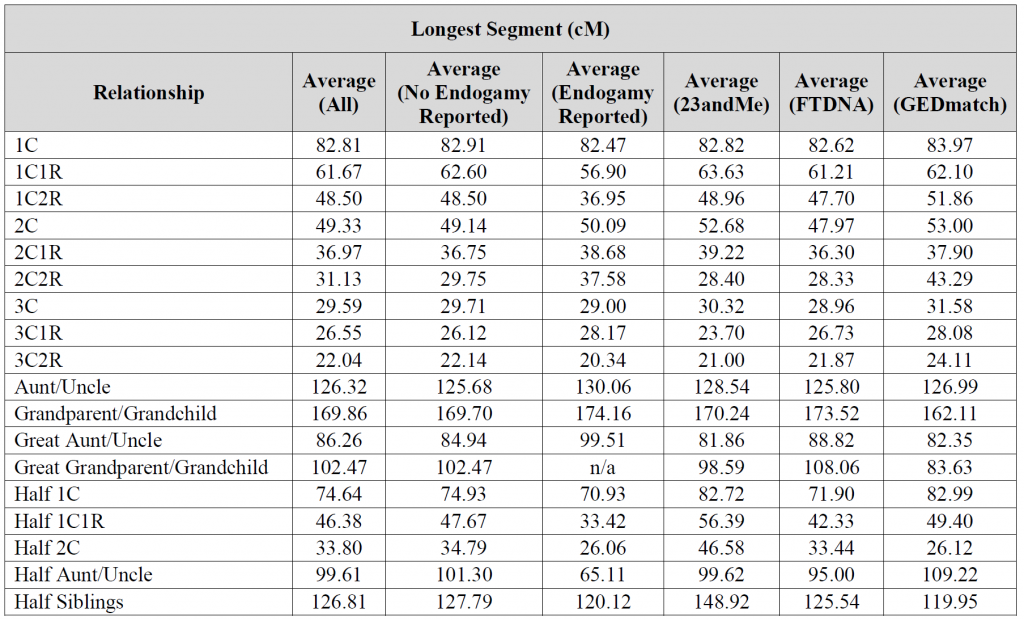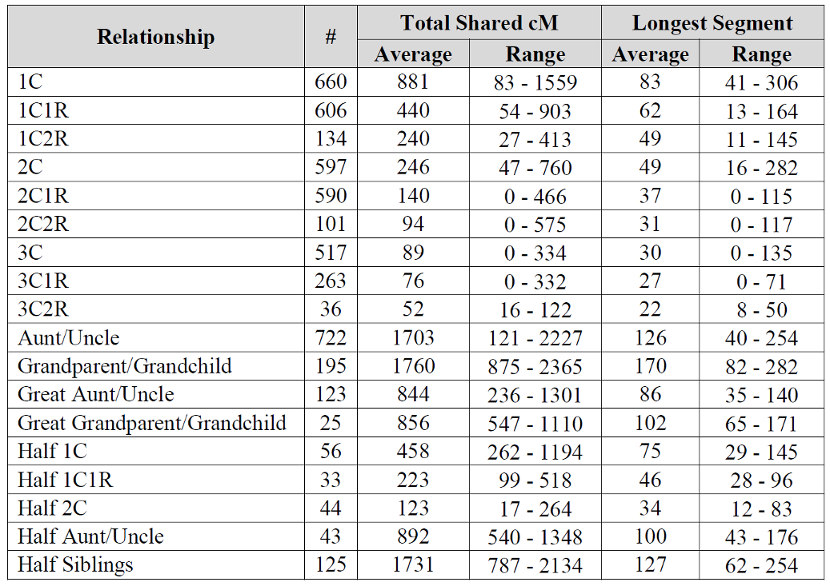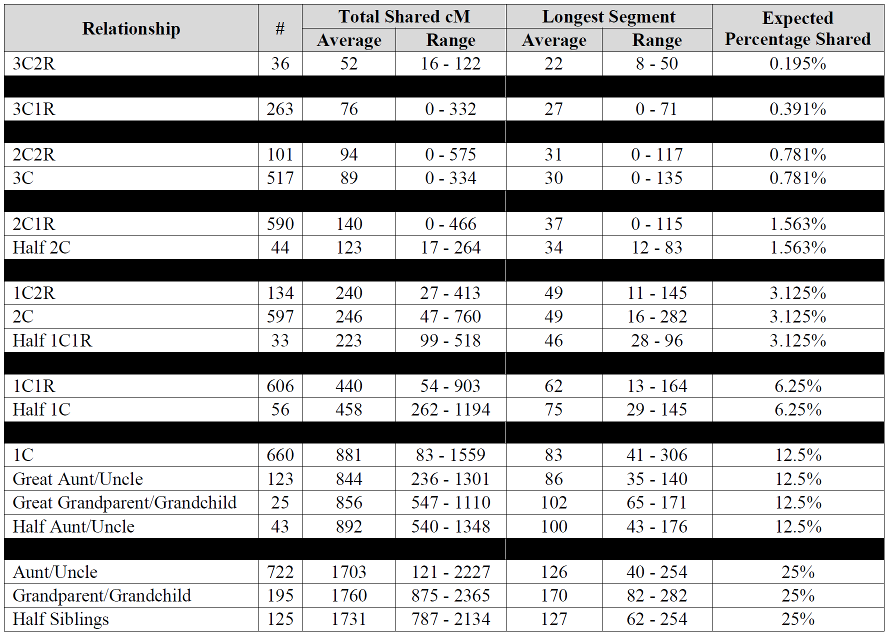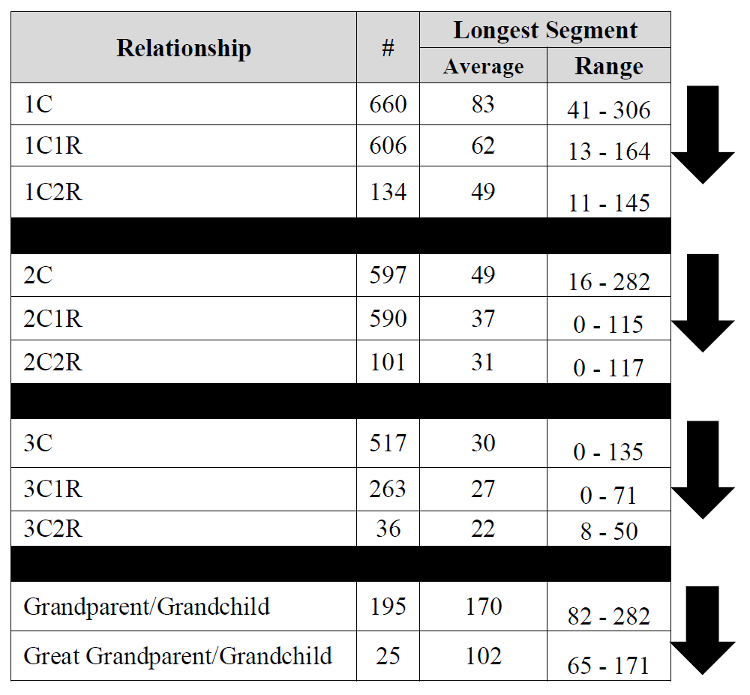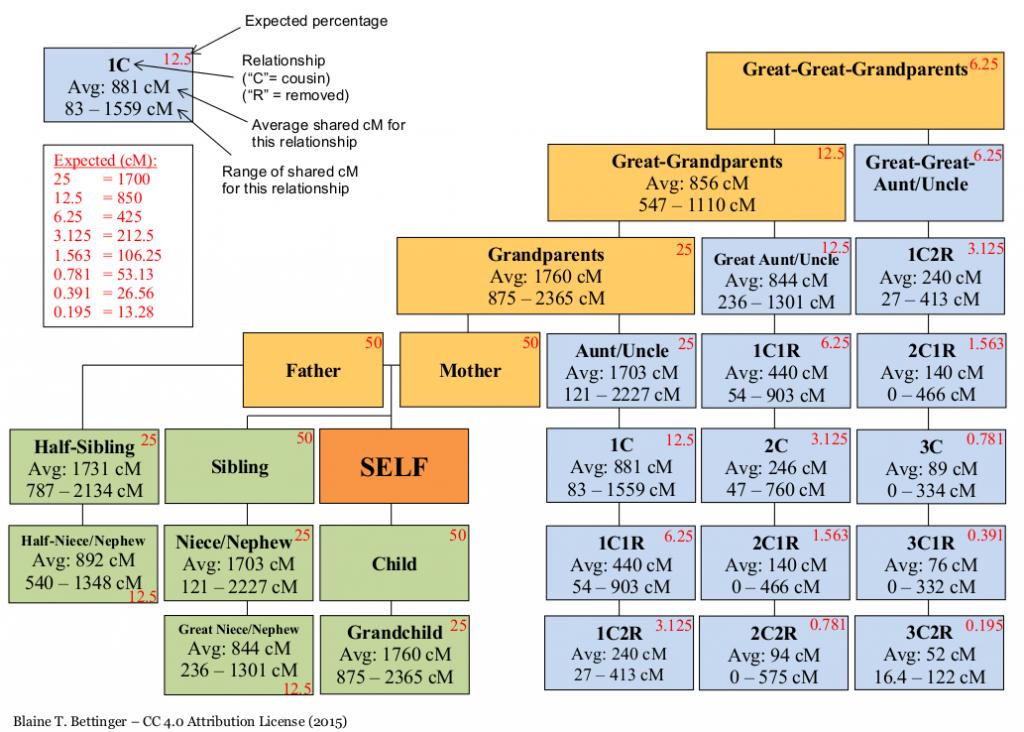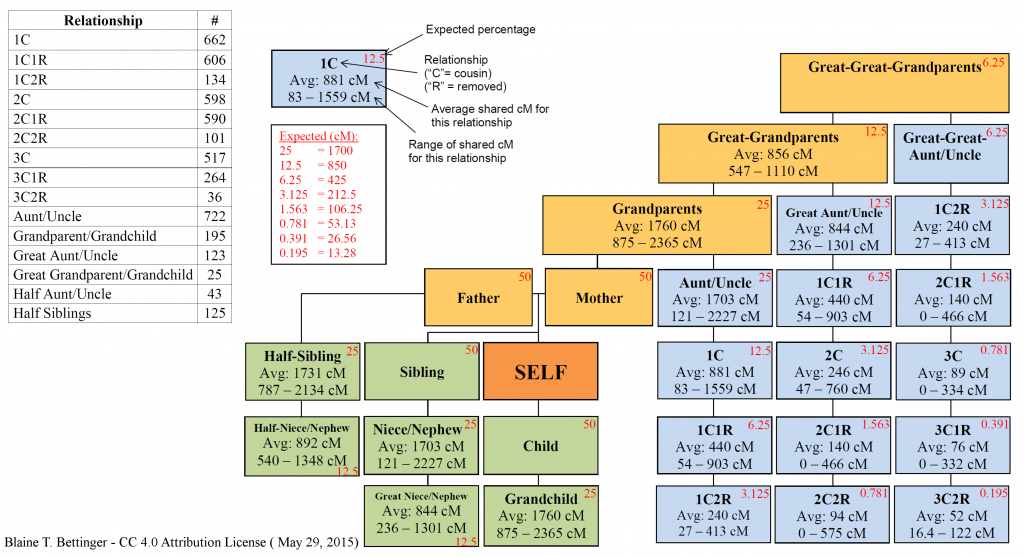Are you familiar with the Virtual Institute of Genealogical Research? The Virtual Institute is online platform offering a wide variety of courses by well-known instructors. Each 6-hour course is presented over the course of two consecutive Saturdays. The course is recorded and all participants receive a copy of the recording! Live attendees have the benefit of Q&A periods in each session.
Earlier this year I presented “(Finally!) Understanding Autosomal DNA” through the Virtual Institute, and the course was very well received (see some example reviews here and here).
Genetic Genealogy for Professional Genealogists
This November 7th and 14th (or at your convenience if you’re listening to the recordings), I will be teaching my second course through the Virtual Institute, entitled “Genetic Genealogy for Professional Genealogists.” The course is designed for anyone interested in genetic genealogy, but especially for genealogists that help others understand DNA test results whether as a paid professional or simply as a knowledgeable friend.


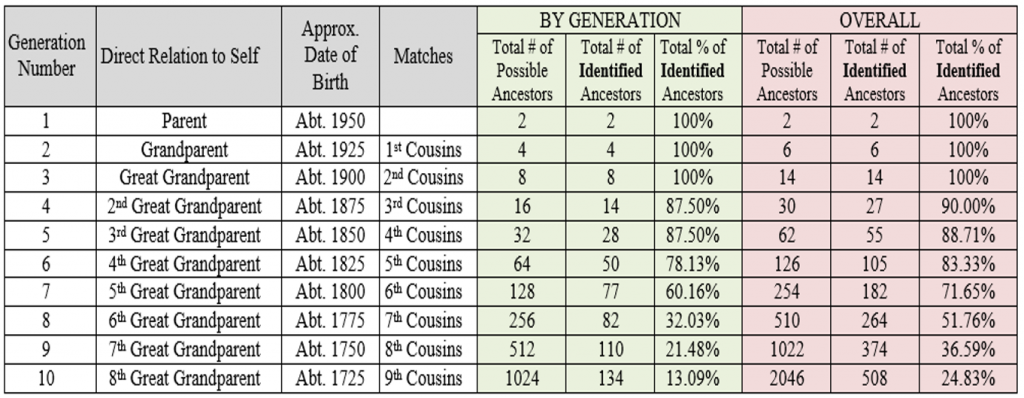
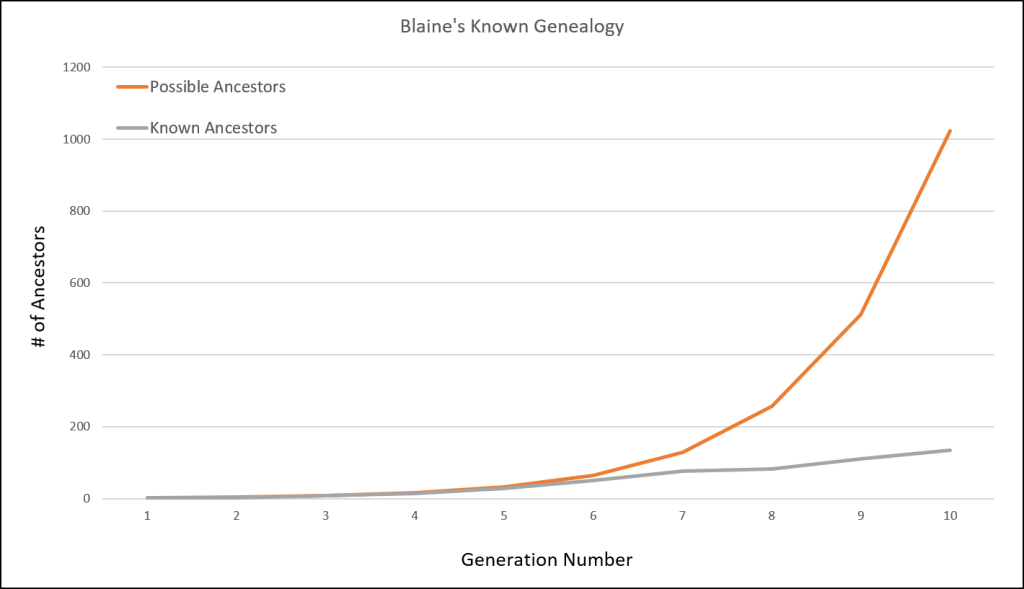
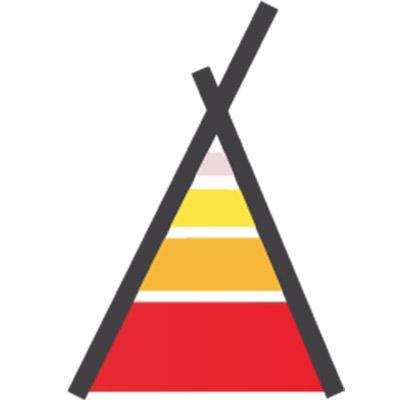 TribeCode (
TribeCode (